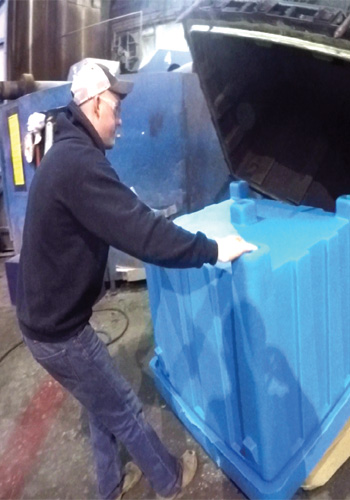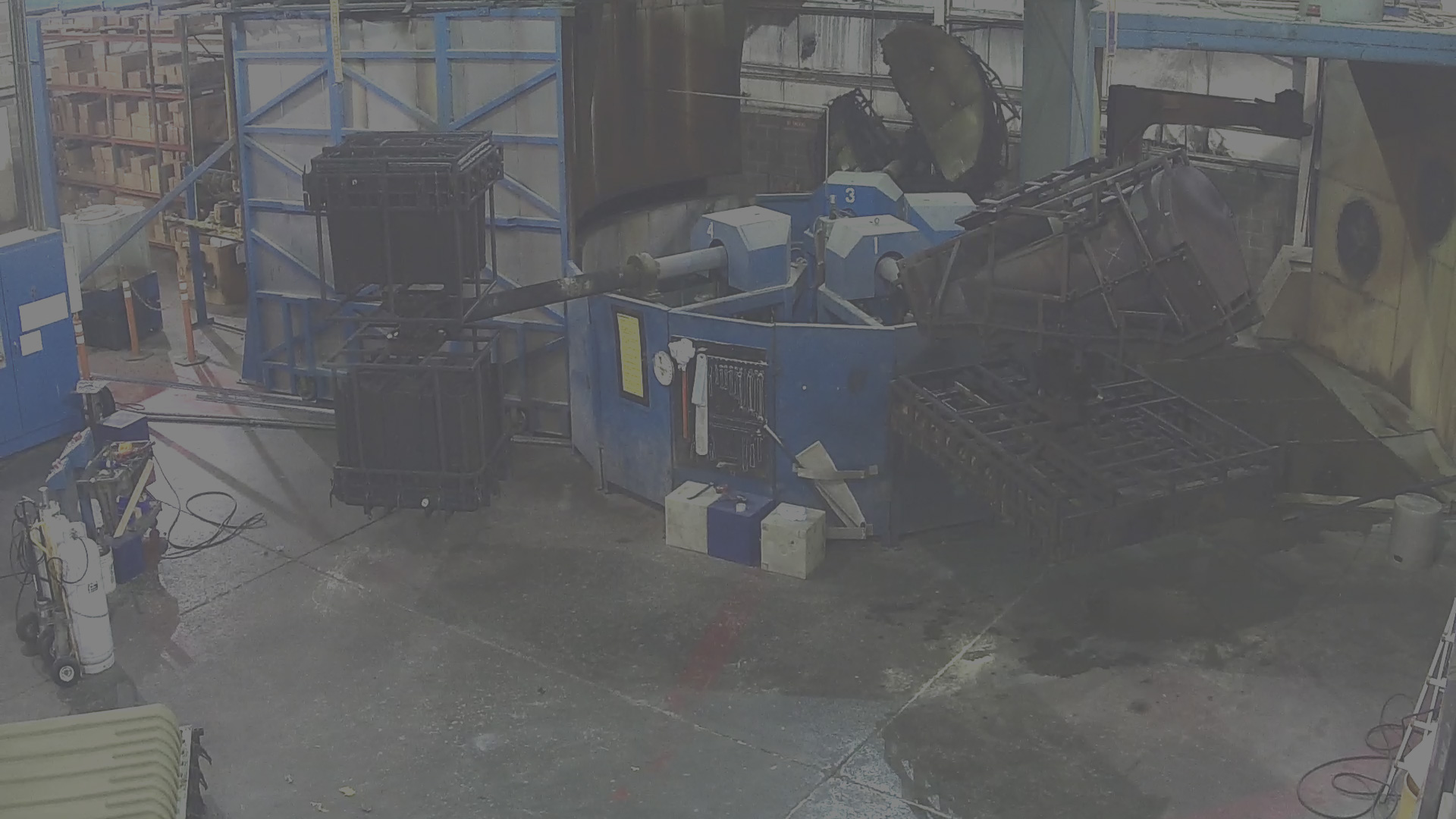How Rotomolding Ensures Uniform Strength and Quality

Rotomolding, short for rotational molding, is just a trusted production process that's obtained significant recognition for providing top quality, useless plastic parts. That strategy involves heating plastic resin inside a spinning mold, letting the material to consistently coat the internal area and form specific, easy products. Their growing popularity stems from its ability to provide cost-effective, solid, and variable options across different industries. From commercial tanks to outdoor furniture, Rotational Molding is a process created for both stability and innovation.

Extraordinary Durability and Structural Strength
One of the standout great things about rotomolding could be the toughness it provides to the ultimate product. The procedure ensures that plastic material is equally distributed through the entire mold, leading to consistent wall width and strength. Unlike different molding techniques, rotomolding diminishes poor spots, creating the completed items more resilient to strain, impact, and environmental conditions. That causes it to be ideal for outdoor or industrial applications wherever long-term performance is critical.
Cost-Effective Tooling and Creation
For businesses seeking to production low- to medium-volume products, rotomolding supplies a specific price advantage. The tooling utilized in rotational molding is significantly less expensive than injection or blow molding. That causes it to be a functional choice for customized elements or items that don't involve mass production. Decrease transparent charges and successful material use turn in to long-term savings, particularly for small and medium-sized enterprises.
Design Freedom and Customization
Rotomolding stands out for its ability to accommodate complex forms and custom designs. The method permits elaborate details, including positions, threads, and multiple wall thicknesses—all within a single mold. That degree of flexibility is necessary for industries that require particular, designed solutions. From agricultural equipment to playground parts, rotomolding gives innovative flexibility without compromising on performance.
Easy, One-Piece Structure
Still another substantial advantage of rotational molding could be the generation of smooth, one-piece items. That feature is very valuable for purposes requesting watertight or airtight homes, such as water tanks or gasoline containers. Without seams or joints that can weaken as time passes, rotomolded items offer enhanced endurance and reliability. The absence of extra welding or construction also reduces labor and product costs.

Eco-Friendly and Efficient
In today's environmentally conscious earth, the sustainability of manufacturing functions matters more than ever. Rotomolding is noted for their effective usage of components and low waste output. The process is appropriate for recyclable and UV-resistant pockets, supporting equally environmental objectives and solution longevity. Furthermore, its low-pressure technique eats less energy in comparison to high-pressure alternatives.
Conclusion
Rotomolding supplies a special mixture of toughness, affordability, and style freedom that several different plastic production practices may match. It caters to a wide range of industries with accuracy, cost-efficiency, and quality. Whether providing storage tanks, pots, or customized plastic areas, the features of rotational molding ensure it is a smart, sustainable selection for contemporary production needs.
